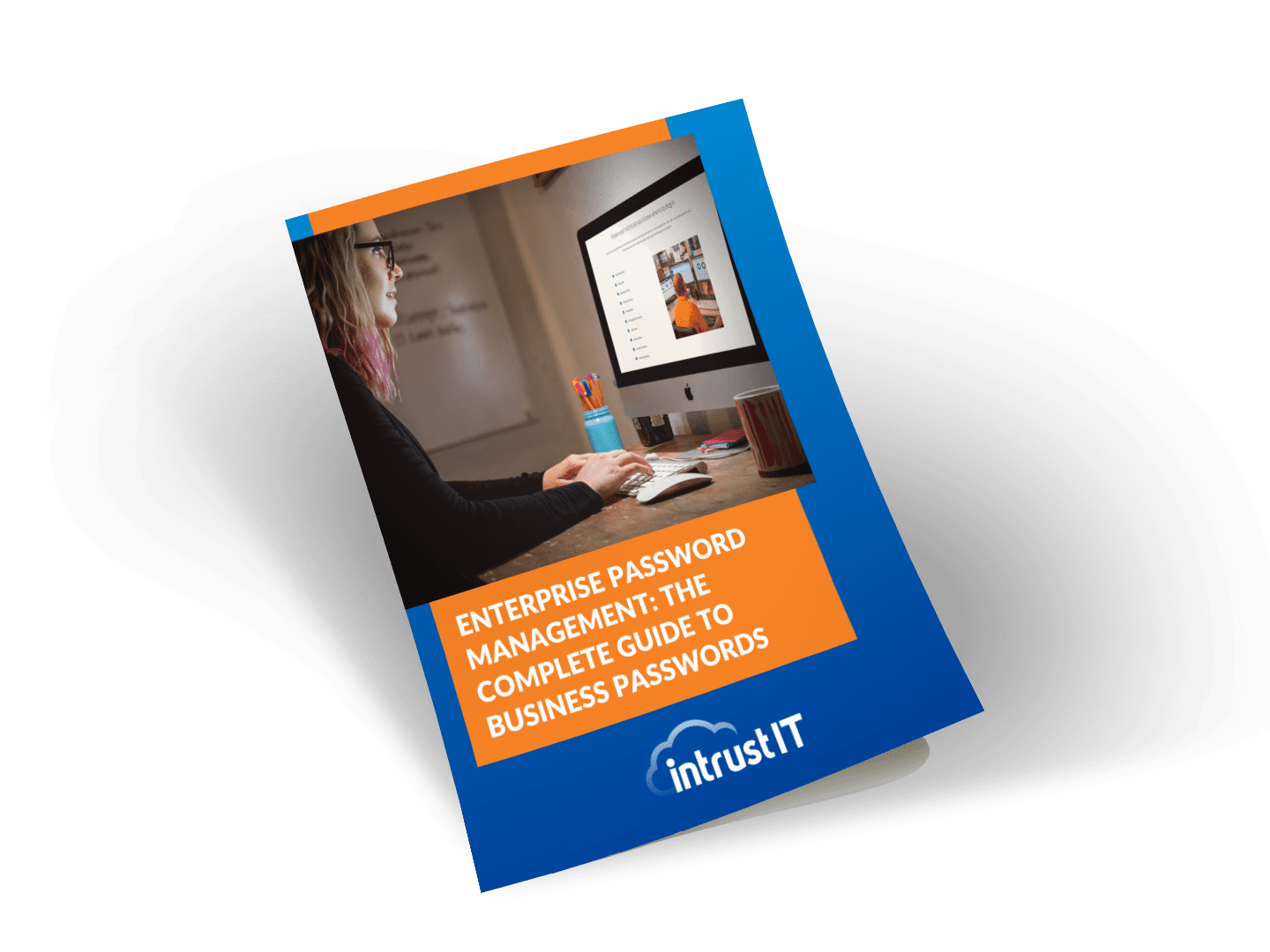Manufacturing and IoT: Securing Connected Devices

You're the operations manager of a cutting-edge manufacturing facility, overseeing a production floor buzzing with activity. Your team relies on a network of IoT devices to streamline operations, monitor equipment and optimize production schedules in real-time. Everything seems to be running smoothly until one day, you receive an alarming notification: A cyber attack has compromised several of your IoT devices.
Securing connected devices has never before been more important. The above scenario is very real and very possible. Many business leaders are left reeling from the extent of the damage caused by a cyber attack. From production lines grinding to a halt and sensitive data being exposed, to critical systems being manipulated or sabotaged, the once-promising benefits of IoT technology can easily be overshadowed by the effects of cyber security breaches.
What Is IoT?
The internet of things (IoT) refers to a network of interconnected devices embedded with sensors, software and other technologies that enable them to collect and exchange data over the internet. These devices can range from everyday objects like smartphones and wearable devices to specialized equipment used in various industries, including manufacturing, healthcare and transportation.
By seamlessly integrating physical objects with digital systems, IoT enables the creation of smart environments where devices can communicate, analyze data and autonomously perform tasks. This interconnectedness facilitates real-time monitoring, remote control and data-driven insights, leading to improved efficiency, productivity and decision-making across diverse domains.
What Are the Types of Connected Devices in Manufacturing and IoT?
Sensor Monitoring
Sensors are the backbone of manufacturing IoT, providing real-time data on temperature, humidity, pressure and more. By continuously monitoring critical parameters, sensors enable manufacturers to detect anomalies, optimize processes and ensure product quality.
Actuators and Automation
Actuators translate electrical signals into physical actions, such as controlling machinery and adjusting process parameters. Actuators help manufacturers automate repetitive tasks, streamline production workflows and improve precision.
Programmable Logic Controllers (PLCs)
PLCs serve as the brains of industrial automation, executing predefined logic based on programmed instructions. By interfacing with sensors, actuators and other devices, PLCs enable seamless coordination of manufacturing processes and facilitate real-time control and monitoring.
RFID Tagging
RFID tags play a vital role in supply chain management, enabling manufacturers to track and trace products, components and materials throughout the production lifecycle. With RFID technology, manufacturers can improve inventory management, enhance product visibility and streamline logistics operations.
Smart Devices
Smart devices, including cameras, meters and wearables, bring intelligence and connectivity to the manufacturing floor. By harnessing the data generated by these devices, manufacturers can optimize resource utilization, enhance asset performance and ensure worker safety.
The Importance of Securing Connected Devices
In manufacturing, the integration of IoT technology has ushered in a new era of connectivity and efficiency. From sensors and actuators to programmable logic controllers (PLCs) and smart devices, a diverse array of internet-connected devices plays a pivotal role in modern manufacturing processes. That’s why keeping your devices protected should be a top priority in manufacturing.
Here are four primary reasons securing connected devices in manufacturing is critical:
- The interconnected nature of IoT devices increases the attack surface for cyber threats, including malware, ransomware and unauthorized access.
- A breach in the manufacturing environment can lead to production disruptions, data theft or sabotage, resulting in financial losses and reputational damage.
- Many IoT devices in manufacturing lack robust security features, making them vulnerable to exploitation. Weak passwords, outdated firmware and insufficient encryption can expose these devices to cyber attacks.
- Meeting regulatory compliance standards and mandates is critical.
Mitigating Risks Through Robust Security Measures
To mitigate security risks for your manufacturing business, it’s imperative to implement robust security measures across your entire ecosystem of connected devices, including:
- Data encryption: Implementing encryption protocols ensures that data transmitted between devices remains confidential and secure, protecting sensitive information from interception by unauthorized parties. With encryption measures in place, you can protect sensitive data from unauthorized access and safeguard confidentiality during data transmission.
- Authentication mechanisms: Deploying authentication mechanisms such as biometric authentication or two-factor authentication verifies the identity of users and devices and enables you to prevent unauthorized access to IoT networks. This ensures that only authorized users can access your IoT devices and data. Additionally, authentication mechanisms add an extra layer of security beyond passwords or PINs.
- Access controls: Implementing access controls allows organizations to define and enforce granular permissions, restricting access to sensitive resources based on user roles and privileges. Access controls prevent unauthorized users from accessing critical systems or data and enable your organization to maintain control over device access and usage.
- Regular security audits: Conducting regular security audits helps organizations identify vulnerabilities and weaknesses in their IoT infrastructure, allowing them to address potential risks before they can be exploited by malicious actors. Audits enable you to proactively identify security gaps and vulnerabilities in your organization to stay ahead of emerging threats and cyber attacks.
- Firmware updates: Regularly updating device firmware ensures that known vulnerabilities are patched and security features are up-to-date, reducing the risk of exploitation by cyber attackers. Firmware updates address security vulnerabilities and weaknesses in device software and enhance the overall security posture of your IoT devices and infrastructure.
- Employee training programs: Providing comprehensive training programs to your employees keeps them up to speed with best practices for IoT security, empowering them to recognize and respond to potential security threats effectively. This raises awareness about security risks and builds a culture of security consciousness within the organization.
By implementing these robust security measures, you can effectively mitigate security risks and enhance the resilience of your manufacturing and IoT infrastructure against cyber threats.
Start Securing Connected Devices for Your Manufacturing Business
At Intrust IT, we understand that cyber threats are intimidating and seem to be everywhere, even in manufacturing. Fully protecting your company’s data, assets and people from cyber crime is our goal. Contact us today for help with securing connected devices for your manufacturing business.
Share this Blog

Is Your Name or Birthday a Part of Your Password?
If so, you’re a part of the 59 percent of people who don’t follow proper password hygiene. More than 70 percent of passwords are used for more than one system, meaning if cybercriminals crack one, they can access a lot more accounts.
Our free Enterprise Password Management Guide will give you the best password hygiene practices to help you secure your computer and your business.
Download the Guide
Explore the Latest Trends in IT

Securing Our Cities: Cybersecurity Protection for Local Governments

Manufacturing and IoT: Securing Connected Devices

Small Business Cyber Security Toolkit: The Tools You Need to Stay Protected




